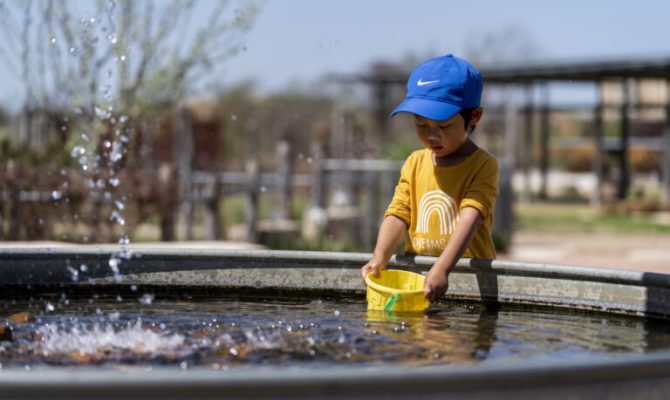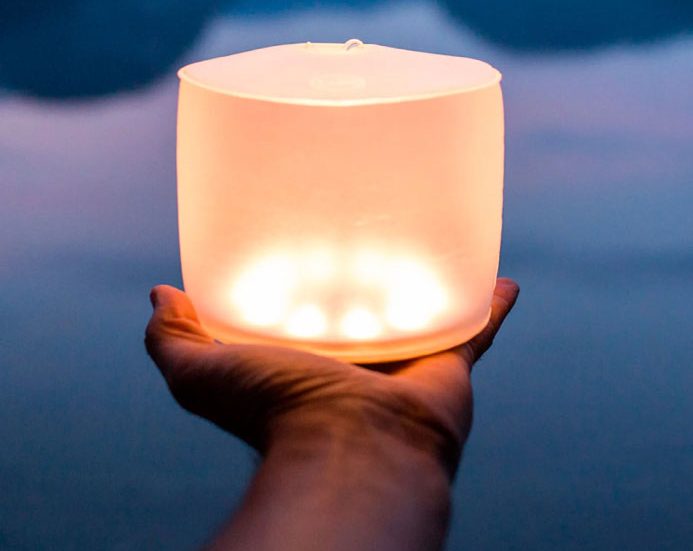The American College of Emergency Physicians reports that each year there are hundreds of fatalities and countless emergency department visits due to heat-related illnesses. Older adults, babies and young children, as well as those with medical conditions like diabetes, high blood pressure, heart disease or obesity, are particularly susceptible to the heat.
“We recommend everyone, especially if they are at a high-risk for heat-related illness, to be aware of the symptoms of heat stress, especially heat exhaustion and heat stroke,” said Mike Lopez, DrPH, Texas A&M AgriLife Extension Service health program specialist in the agency’s Family and Community Health Unit.
“However, anyone can succumb to heat, especially in humid conditions and in combination with outdoor activity,” Lopez said. “Plus, you have to consider other factors that may be at play such as drinking alcohol, inadequate hydration and possible reactions from medication.”
Heat exhaustion cause, symptoms

Heat exhaustion can occur when the body heats up faster than its ability to cool down. (Texas A&M AgriLife photo by Courtney Sacco)
AgriLife Extension specialist Debra Kellstedt, DrPH, said the body naturally heats up during physical activity but normally keeps itself cool by sweating.
“However, in cases of extreme heat and high humidity, the body heats up faster than it can sufficiently sweat in order to maintain a temperature in the normal range,” she said.
Heat exhaustion is the result of an excessive loss of water and/or salt, usually as a result of excessive sweating, Kellstedt said.
Some heat exhaustion symptoms can include:
- Tiredness or weakness.
- Agitation.
- Headache.
- Dizziness.
- Cold, pale and clammy skin.
- Tingling skin.
- Fast, weak pulse.
- Fast, shallow breathing.
- Heavy sweating.
- Nausea.
- Muscle cramps.
“In more serious instances, heat exhaustion can also cause vomiting or fainting,” she said.
To address heat exhaustion, Lopez said it is best to sip cool water, relocate to a cooler area, loosen your clothing and put a wet cloth or cool compress on key areas of the body, such as the forehead, neck and armpits.
“If there is vomiting, extreme weakness or the symptoms get worse and last more than an hour, you should seek medical help,” he said.
Heat stroke symptoms

Heat stroke may occur when body temperature exceeds 103 degrees and the body loses its ability to properly regulate its temperature. (Texas A&M AgriLife photo by Michael Miller)
Heat stroke is the most severe heat-related illness, according to the Centers for Disease Control and Prevention. It can occur when a person’s body temperature rises above 103 degrees and seemingly loses the ability to properly regulate its temperature.
Kellstedt said a particularly notable symptom of heat stroke is that the body actually stops sweating.
Additional heat stroke symptoms can include:
- Headache.
- Weakness.
- Confusion.
- Dizziness.
- Agitation.
- Slurred speech.
- Hot, red, skin.
- Fast, strong pulse.
- Nausea.
- Vomiting.
- Loss of consciousness.
If a person has these symptoms, Lopez said it should be regarded as a medical emergency and to immediately call 911.
He also encourages moving the person to a shaded, cool area or into an air-conditioned space and trying to lower the body’s temperature.
“Cool the individual with water” he said. “Wet the skin and place cool, wet clothes or compresses on key points, such as the head, neck and armpits. Do not give the person anything to drink unless they are conscious and safely able to do so.”
Lopez noted that these suggestions for heat exhaustion and heat stroke are not meant to replace the advice of a medical professional, and it is ideal to consult with a physician or other qualified health professional as soon as possible.
CLICK HERE to view the original article.




